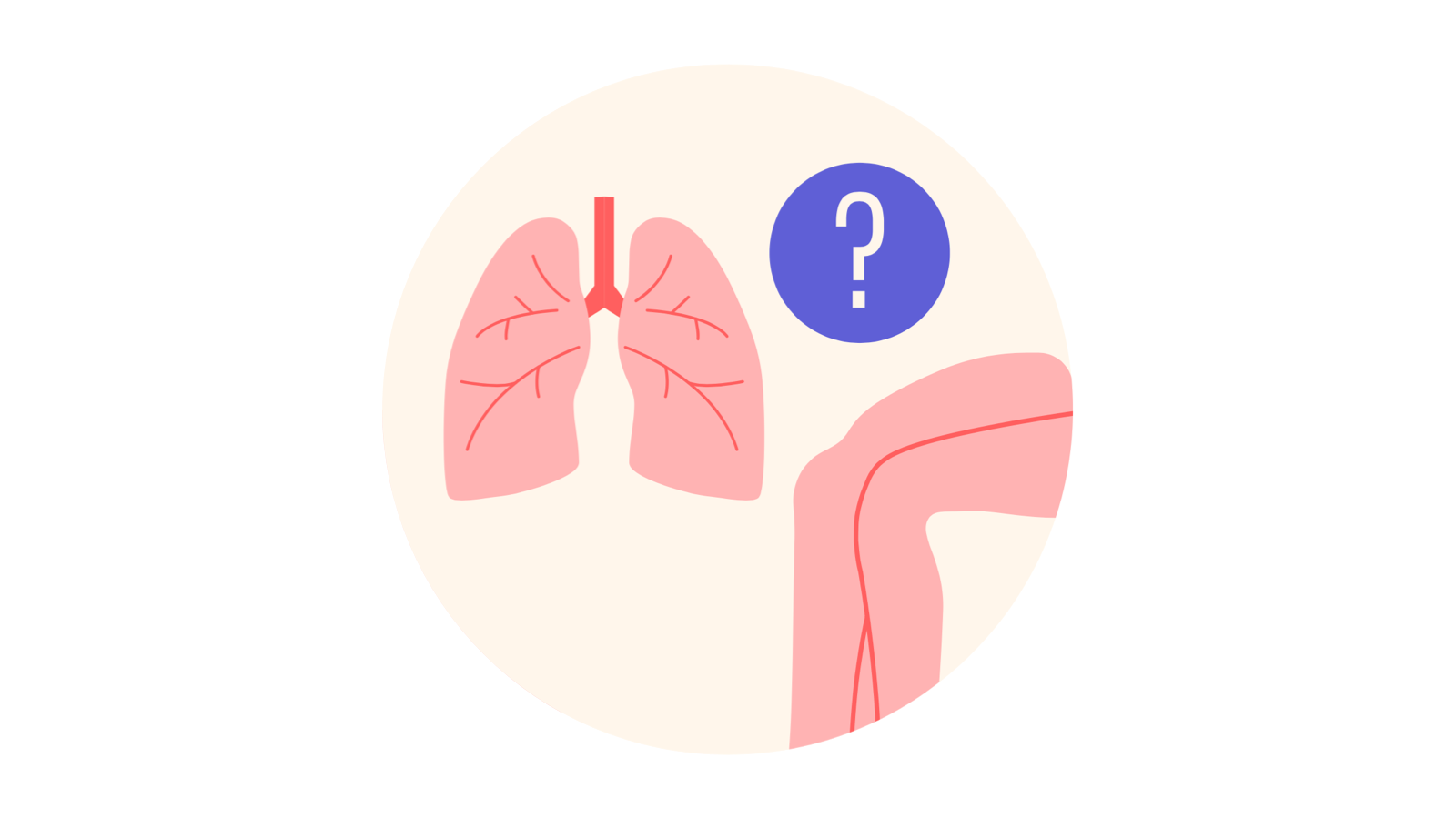What is a risk factor?
A risk factor is something that means a DVT or PE may be more likely to develop. Having one or more of these risk factors does not mean you will develop a DVT or PE – it just means that your chances are higher than someone who does not have these risk factors.1,3
Here are some examples of risk factors, along with how they may increase your risk of having a blood clot.1,4-5
If your blood vessels are damaged, such as in an accident, this may disrupt your body’s normal clotting process and cause a blood clot
As with an injury, surgery may temporarily damage your blood vessels and cause a blood clot – if you need to rest or stay in bed after surgery, you may not move around as much as you normally would
Long flights or car journeys can mean sitting still for several hours – this lack of movement can mean that your calf muscles do not help the blood circulate around the body and a blood clot may form
- Heart failure, having a pacemaker, cancer, kidney disease, and inflammatory bowel diseases such as Crohn’s disease or ulcerative colitis may increase your risk of a clot forming
- A family history of blood clots, such as an inherited blood clotting disorder, may increase your risk of a clot forming
- Blood circulatory problems, such as varicose veins or having a previous DVT or PE may increase your risk of a clot forming
Contraceptive pills or hormone replacement therapy (HRT) and some cancer treatments make the blood more likely to clot
- Being overweight, obese or pregnant can increase the pressure in the blood vessels in someone’s legs and pelvis, meaning that a blood clot may be more likely to develop – if you are pregnant, this risk can continue for up to six weeks after the baby is born
- Being over 60 means a blood clot is more likely to develop than in someone who is younger
- Smoking disrupts the blood system’s clotting process and can affect the blood circulation, making the blood more likely to clot.
Remember, having one or more of these risk factors does not mean that you will develop a DVT or PE.
It just means that your chances are greater than for someone who does not have the risk factors.1,3
What causes a PE?
A PE occurs when part of a blood clot in another part of the body, such as a DVT, breaks away and travels through the bloodstream to the lungs. If the clot is large, it may restrict blood flow through the lungs. Areas of the lungs served by these blocked vessels may become damaged and make it difficult for your lungs to provide oxygen to the rest of your body. As a result, you might feel breathing difficulties.2,3,6
The risk factors of PE are similar to those for DVT
Anyone can develop a DVT and a subsequent PE, but there are some risk factors that make a PE more likely, such as:2,3
- Long periods of inactivity (such as a long flight or recovering from surgery)
- Certain medical conditions (such as cancer, heart failure or stroke)
- Some medications (such as contraceptive pills, hormone replacement therapy and some cancer treatments)
- A family history of blood clotting
- Being obese or overweight
- Pregnancy or having recently given birth
Although both DVT and PE are serious, and PE can be life-threatening, there are treatments available1,3-6
It is important that you seek medical assistance without delay if you think that you – or someone else – may have a PE.
If in doubt, ask your doctor
If you are concerned that you, or someone you know, could be at risk of a DVT or PE, you can discuss this with your doctor or healthcare team. Some risk factors can be reduced by making small changes to your everyday life and activities. Your healthcare team will be able to advise you and give you more information.
Here are some questions you might want to ask your healthcare team:
- What can I do to help prevent a DVT?
- Can exercise help?
- I am worried because I am taking hormone replacement therapy. What should I do?
- I have heart failure – what can I do to reduce my risk of developing a DVT or PE?
- I am overweight. What help is available so that I can lose weight safely?


